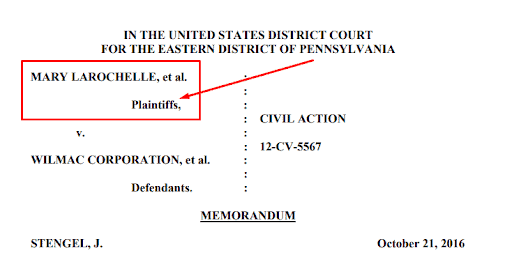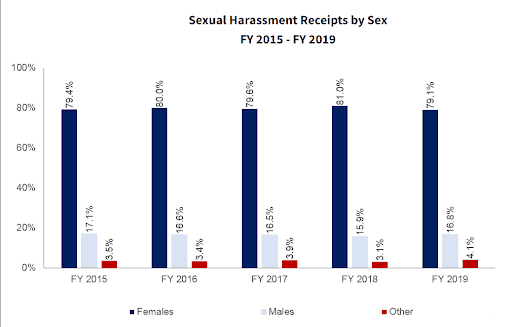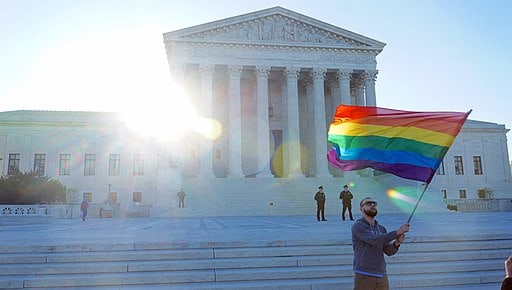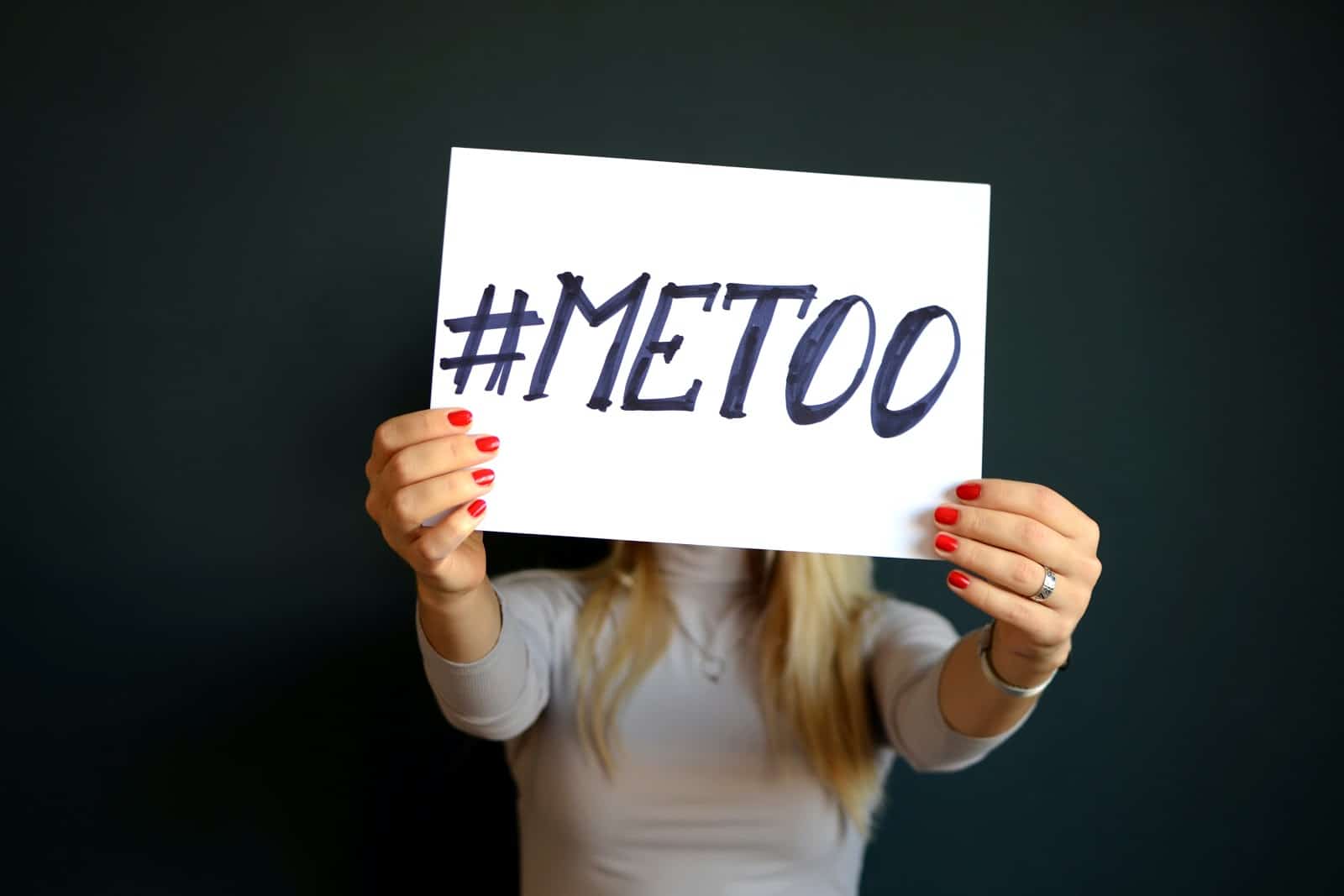Most people think of female sexual harassment when they think of sexual harassment lawsuits. It’s still true that the vast majority of sexual harassment lawsuits involve male harassers and female victims.
According to EEOC data, that number hovers around 80% of all charges filed.
When we talk about harassment, there are two different types.
First, quid pro quo sexual harassment. When an employee is offered a promotion, pay, benefits or the offer to keep their job in exchange for sexual favors.
For example, your supervisor or boss offers to promote you if you sleep with him.
Unwelcome sexual advances are common for those who have experienced sexual harassment.
In harassment cases, unlike discrimination cases, you do not need to show that any employment action was taken. So, you don’t have to wait until you’re fired to sue. These tend to be a bit harder to prove than those cases in which a tangible employment action was taken.

Photo by
Katherine Kromberg on
Unsplash
First, hostile work environment cases. In these cases, you have to show that the sexual harassment was unwelcome.
This normally means that the employee did not welcome the inappropriate conduct, or that it was not consensual. In other words, that any person would consider the conduct offensive.This can include flirting, inappropriate jokes or remarks, or unwanted touching.
Next, the employee must prove that the conduct was based on sex or sexual nature. This doesn’t include conduct where your supervisor targets you because they are a jerk, not because you are a woman or a man, or a member of the LGBTQ community.
Then, the employee must show that the conduct was offensive to a reasonable person and to you. In other words, not only must you find the conduct offensive, but it has to be the type of conduct that anyone would find offensive.
Lastly, you must prove that the conduct was severe or pervasive. Severe means that the behavior was extreme. This means that petty slights and trivial inconveniences are not enough.
Pervasive means that the conduct must be repetitive and occurred often. Generally, a single incident is not enough. Except, maybe, a single incident of sexual assault.
But the more severe the incident, the less pervasive it need be.
Cases that a judge already decided provide great examples of what courts consider sexual harassment.
In
LaRochelle v. Wilman Corp., the court considered whether the plaintiffs’ (employees suing) claims created a hostile work environment. In this case, multiple plaintiffs-employees were suing their employer for sexual harassment.

In this case, one of the Plaintiffs-employees, Riker, presented evidence that:


 Photo by Katherine Kromberg on Unsplash
Photo by Katherine Kromberg on Unsplash




